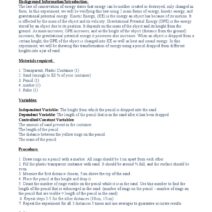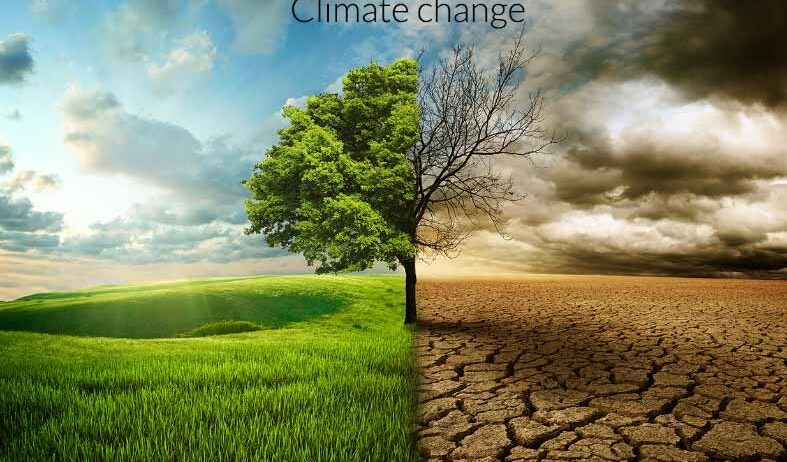Climate change, a pervasive and daunting challenge of our era, has ramifications that extend far beyond the human sphere. Among the most critical yet often overlooked victims of this phenomenon are the world’s pollinators, particularly bees. These industrious insects do far more than simply contribute to the scenic beauty of our gardens; they are vital to global food security and ecosystem stability. As the planet warms, understanding the multifaceted threats posed to bees is essential, as it may prompt a shift in our collective perspective towards more sustainable practices.
The role of bees as pollinators is pivotal. It is estimated that one-third of the food produced globally relies on pollination, with bees responsible for the majority of this. From fruit to nuts and vegetables, their activities underpin human nutrition. However, changing climates disrupt the delicate balance bees maintain within ecosystems. Temperatures are rising, precipitation patterns are shifting, and extreme weather events are becoming more prevalent, all of which threaten the habitats and lifecycle of these crucial insects.
Firstly, temperature increases can alter the phenology of flowering plants, affecting the synchronicity between bees and their food sources. Plants have adapted over millennia to specific climatic conditions, and as temperatures rise, flowering times are likely to shift. If flowers bloom earlier in response to mild winters or prolonged warm spells, they may do so before bees emerge from hibernation. This asynchrony can lead to food shortages for bees, ultimately affecting their populations. Moreover, certain plant species may not adapt as quickly, resulting in a decline in floral diversity and creating a hostile environment for various bee species.
Another aspect to consider is the impact of extreme weather events. Recent years have seen a rise in inclement weather occurrences, such as droughts and heavy rainfalls. These conditions can devastate flower availability, making it hard for bees to locate sufficient nectar and pollen sources. For instance, drought conditions can inhibit plant growth, while heavy rains can lead to soil erosion, further detrimental to plant health. This calamity not only affects food sources but also the reproductive success of bee populations, ultimately jeopardizing their future.
Pesticides, exacerbated by climate change, add another layer of complexity to the crisis. Warmer temperatures can increase the effectiveness and toxicity of certain pesticides, making them even more harmful to bee populations. Particularly, neonicotinoids, a class of neuro-active insecticides modeled after nicotine, have been under scrutiny for their adverse effects on bee health. As climate conditions shift, the proliferation of pests may require increased pesticide applications, posing further risks to already stressed bee populations.
Bees are also susceptible to diseases and parasites, which thrive in warmer climates. The Varroa destructor mite, one of the most significant threats to honeybee populations, flourishes in higher temperatures and can decimate colonies rapidly. Climate change can facilitate the spread of such parasites into new regions, exposing more bee populations to these debilitating threats. This added pressure, combined with the aforementioned environmental challenges, creates a perfect storm for bee decline.
Despite the grim outlook, it is crucial to recognize that there is still time to mitigate these impacts. Initiatives aimed at habitat restoration and preservation can provide bees with the resources they need to survive. Planting native flora, which is often well-adapted to local climates and supports local bee populations, is a step that individuals can take to create pollinator-friendly environments. Urban gardening and community initiatives that focus on biodiversity can foster spaces where bees can thrive, demonstrating the interconnectedness of our actions and their consequences.
Education plays a significant role in combating this crisis. Raising awareness about bee populations and their crucial services can inspire community involvement and policy advocacy. Engaging the next generation through education about sustainable practices and the importance of biodiversity is vital. Schools, educational institutions, and community organizations can serve as platforms for disseminating knowledge about the ecological web we inhabit and our role within it.
Beyond local actions, adopting and advocating for policies that combat climate change is imperative. Protecting pollinators through legislation aimed at reducing greenhouse gas emissions and promoting organic farming practices is essential. Advocating for sustainable agricultural practices that minimize pesticide use and enhance habitat connectivity can create environments conducive to the survival of bees.
Global cooperative efforts are critical as well. Bees do not adhere to national borders; their migration patterns and the ecosystems they inhabit are influenced by global climatic shifts. International collaboration is necessary for research, information sharing, and collective action against the threats posed by climate change. Establishing global monitoring systems that track bee populations and their habitats can help in assessing the health of ecosystems worldwide, enabling timely responses to potential crises.
In conclusion, the plight of bees amid climate change serves as a poignant reminder of the intricate balance within our ecosystems. As the world warms, understanding the threats to these essential pollinators must catalyze a shift in our perspective. By taking individual and collective actions that prioritize the health of our environment, we can offer bees a fighting chance. The urgency of this crisis necessitates a newfound commitment to sustainability and ecological stewardship, for the future of bees, and indeed humanity, hangs in the balance.



